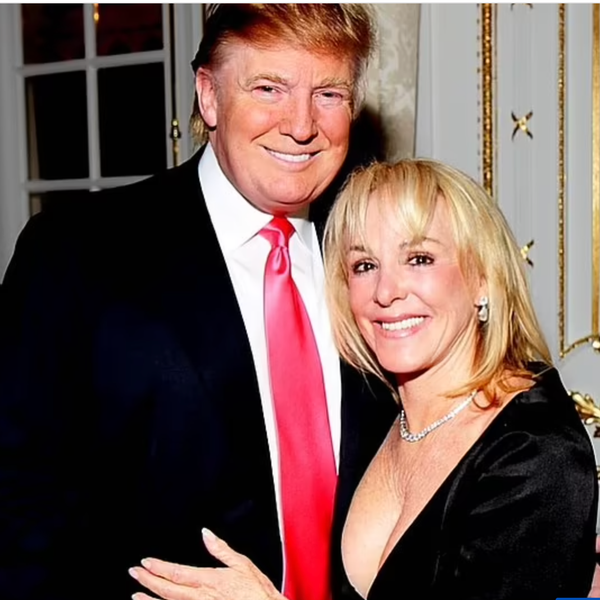The new school year is about to begin, so principals around the country are planning the first of many lockdown drills for their students and staff.
These are not the fire drills of our youth.
“You teach your students to go to the back of the classroom, sit on the floor and be totally silent,” says Becky Young. “Police walk through the building. They try to trick you by knocking on the door.”
Young teaches seventh-grade English at McCormick Middle School in Wellington, Ohio, which is about 75 miles west of Chardon High School, where a student opened fire in the cafeteria last February, killing three kids and injuring three others. However, the lockdown drills at McCormick, as is the case at most schools, started years earlier. It has been my experience that most teachers can tell you immediately that the Columbine High School massacre was in 1999.
A few years ago, McCormick teachers were instructed to cover the windows on their classroom doors. Some used the white roll paper that cheerleaders use for banners, but Young ordered a brightly colored sign to block the large rectangular window on her door.
“The gunman would see only white,” she said, “but my students see ‘Welcome.'”
Repeatedly, she mentions a gunman as we talk about school security. She sighs when I point this out.
“Yeah, I know,” she says. “I think about it a lot now. So do our students. They mention ‘gunman’ a lot, particularly after drills.”
They also pepper her with questions about various scenarios.
Question: “What happens if you’re in the bathroom?”
Answer: “You get in a stall and stand on the toilet.”
Question: “What if classes are changing?”
Answer: “You duck into the nearest classroom.”
The lockdown drills take place at various times and in different places at the school. There’s one plan if the shooter is in the hallway, another one if the gunman is in the cafeteria and yet another if he’s in the auditorium.
Principal Tim Simpson says his school works with the local fire and police departments, which have floor plans of the school. Students and parents always know the date and time for each lockdown drill.
“There are no surprises,” Simpson says. “We don’t want students crawling under tables scared to death and texting parents. We don’t want to cause a panic.”
Young is 57; Simpson is a decade younger. Both said virtually the same thing in separate interviews: When we were kids, school was a safe place. … We used to trust teachers to protect us. … Those days are gone.
Both teacher and principal also talked about their heightened vigilance with students.
“It’s sad,” Young says. “You look around your classroom and think, ‘Oh, man, he could be someone who–‘” Her voice drifts off.
Simpson says he constantly reminds teachers to be on the lookout for a kid in trouble.
“We want to make sure that we’re paying enough attention to students, that we spot those telltale signs that something is wrong. I don’t care how busy we are or how much paperwork is on our desks. If we’ve got a kid behaving differently, we need to take the time and listen. Sometimes that can make all the difference.”
Simpson had an early lesson in what goes wrong when a student’s not-so-obvious pleas for help are ignored. In his early 20s, he was a ninth-grade English teacher. Twenty years later, he ran into one of his former students, whom he remembered as a bright and cheerful girl who loved to write poems.
After an hour of friendly conversation, she mentioned that after she graduated, her father went to prison for sexually assaulting her and her sister.
“I tried to tell you with my poetry,” she said, “but you missed it.”
Simpson was devastated.
“I felt sick to my stomach,” he says. “She wasn’t angry. She didn’t blame me. She was such a happy girl. I didn’t connect the dots.”
He lives that lesson every day, he says.
“I tell my staff, ‘We’ll never know when a student might be trying to tell us something if we don’t pay attention. If we miss the signs, it will haunt us for the rest of our lives.'”
McCormick Middle School opens Aug. 29.
The first lockdown drill is planned for September.
Connie Schultz is a Pulitzer Prize-winning columnist and an essayist for Parade magazine. She is the author of two books, including “…and His Lovely Wife,” which chronicled the successful race of her husband, Sherrod Brown, for the U.S. Senate. To find out more about Connie Schultz (con.schultz@yahoo.com) and read her past columns, please visit the Creators Syndicate Web page at www.creators.com.








